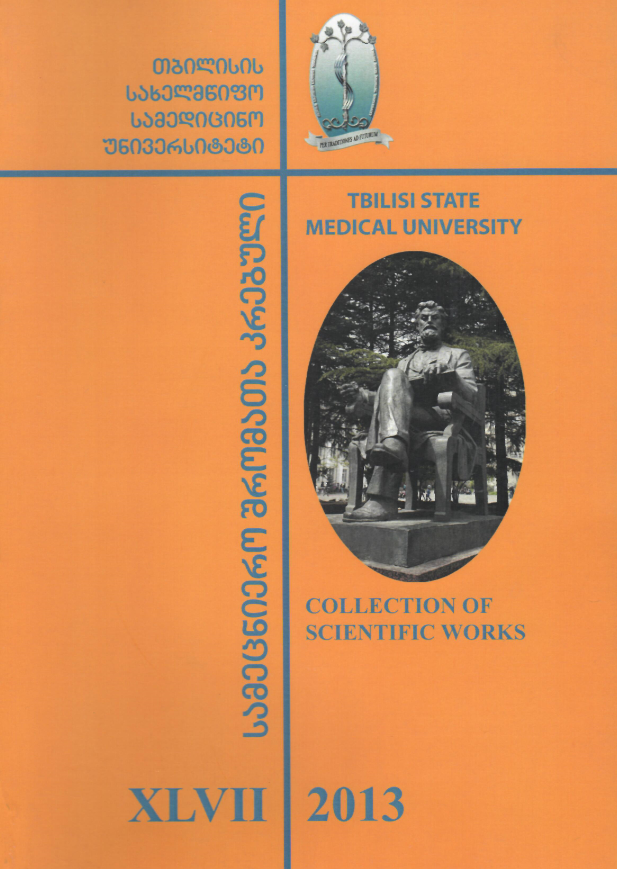Abstract
Leptospirosis is a zoonotic disease of worldwide distribution, the etiologic agent of which is spirocheta: Leptospira interrogans [1, 3], The key point of the pathogenesis is generalized capillarotoxicosis [2, 5], The frequent circulating serotypes of L. interrogans in Georgia are: L.icte-rohaemorragiae, L. canicola, L. grippotyphosa, L. ballum.
During recent years new serotypes have been identified: L. mankarso, L.wolffii, L. automnalis.[4,5]. Incidence during last 5 years arise from 0.63 to 1,32. Overall lethality is 7-14%.
References
Harti, A. R.; Nally, JE; Ricaldi, JN; Matthias, MA; Peru-United States Leptospirosis Consortium (2003). Leptospirosis: a zoonotic disease of global importance. Lancet Infect. Dis. 3 (12): 757-71
Langston CE, HeuterKJ (July 2003). Leptospirosis. A re-emerging zoonotic disease. Veterinary Clinics of North America, Small Animal Practice 33 (4): 791-807.
Human disease leptospirosis identified in new species, the banded mongoose, in Africa. Sciencedaily.com. 2013- 05-14. Retrieved 2013-07-19.
McBride AJ, Athanazio DA, Reis MG, Ko AI (October 2005).Leptospirosis. Current Opinion in Infectious Diseases 18(5): 376-87.
Forbes AE, Zochowski WJ, Dubrey SW, Sivaprakasam V (July 2012). Leptospirosis and Weil’s disease in the UK. QJM : Monthly Journal of the Association of Physicians 105 (12): 1151-62.




